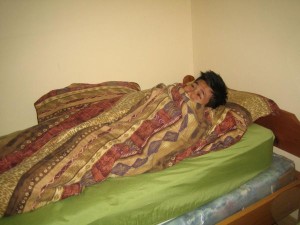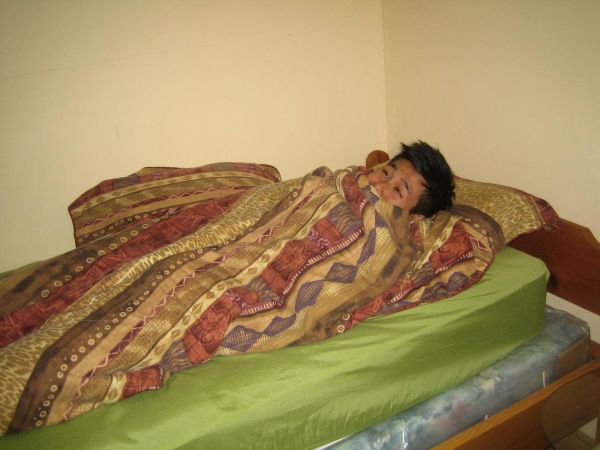Strains on the rib muscle are considered as an injury that is difficult to manage than other pulled muscles in the body. Always bear in mind that the external and internal oblique muscles are more likely to be affected once the ribs are strained.
The range of motion in the torso depends on the back, buttock and abdominal muscles as well as the rib area, thus any movement can trigger pain. Since involuntary action of the diaphragm raises the rib cage, the breathing can be sore which results to an inflammatory syndrome that entails continuous home treatment for relief from the pain.
Chair or bed rest
Always bear in mind that moving the abdominal, back and buttock muscles places strain on the strained rib muscles in the lower torso, thus the individual must take a break from any activity. Rest can provide immediate relief which is the main objective in managing a rib muscle injury.

Limitation of movement should last at least 48 hours during the peak of the inflammatory response of the body to the rib muscle strain. After this period, movement must be restricted within the pain limits. The individual should cut down daily activities and regular workouts until the pain subsides.
Application of cold and hot compresses
The initial first aid measure for a rib muscle injury involves application of cold as soon as possible. Dealing with the inflammation in this manner will minimize the pain and promote healing of the muscle fibers which should eventually mend.
It is recommended to stick with 20-minute applications of an ice pack up to 4 times throughout the day. The warm compress can be applied in the same interval once the individual resumes his/her workout routine.
Pain medications
A rib muscle injury can cause intense pain that occurs right away. Even though bed rest minimizes most of the voluntary motion, all of the muscle stress linked with breathing could not be reduced.
It is recommended to use non-steroidal anti-inflammatory drugs (NSAIDs) such as aspirin, ibuprofen or naproxen. The doctor can prescribe a more potent opioid pain medication if needed.
The pain from a strained rib muscle might not be controlled by the dosage though. Once the inflammation is past, the individual can utilize a topical medical such as capsaicin which is available in ointment, patch or lotion form.
Immobilization
Some movements involving the rib cage can be reduced by using a compression bandage or wrap in order to immobilize the local muscle strain. Take note that this is an effective management if the ribs are bruised or fractured.
Complete immobilization that exceeds more than 1-2 days is not suitable. It is vital for the individual to steadily resume movement, exercise or activity once the pain disperses.

